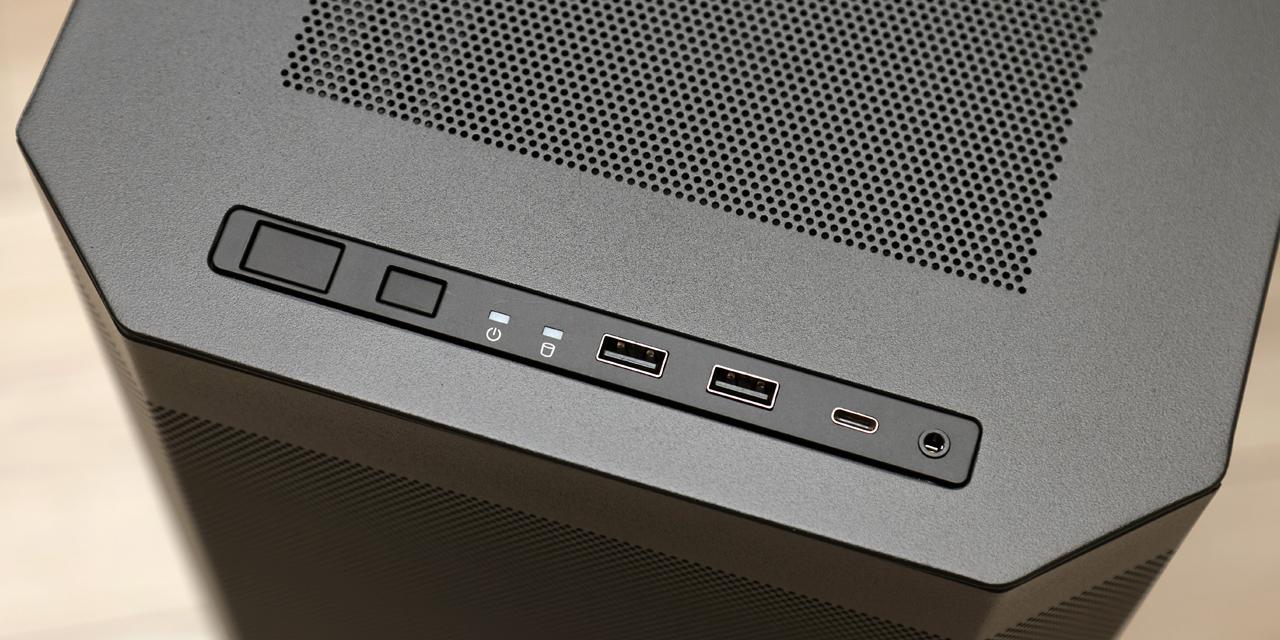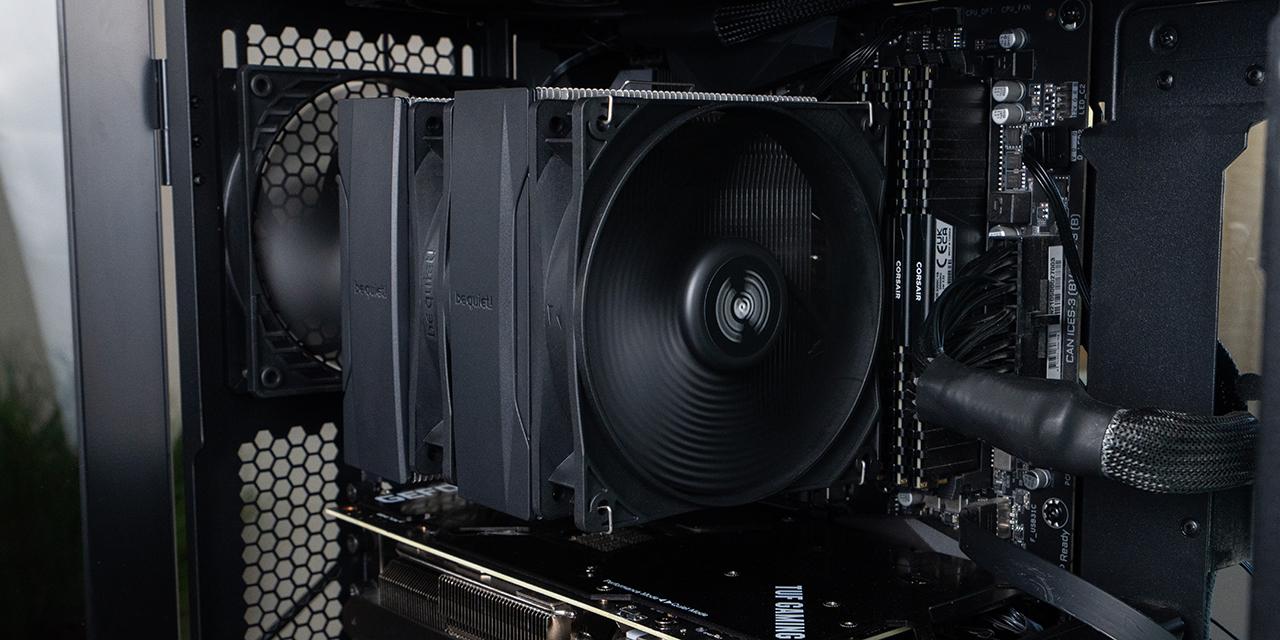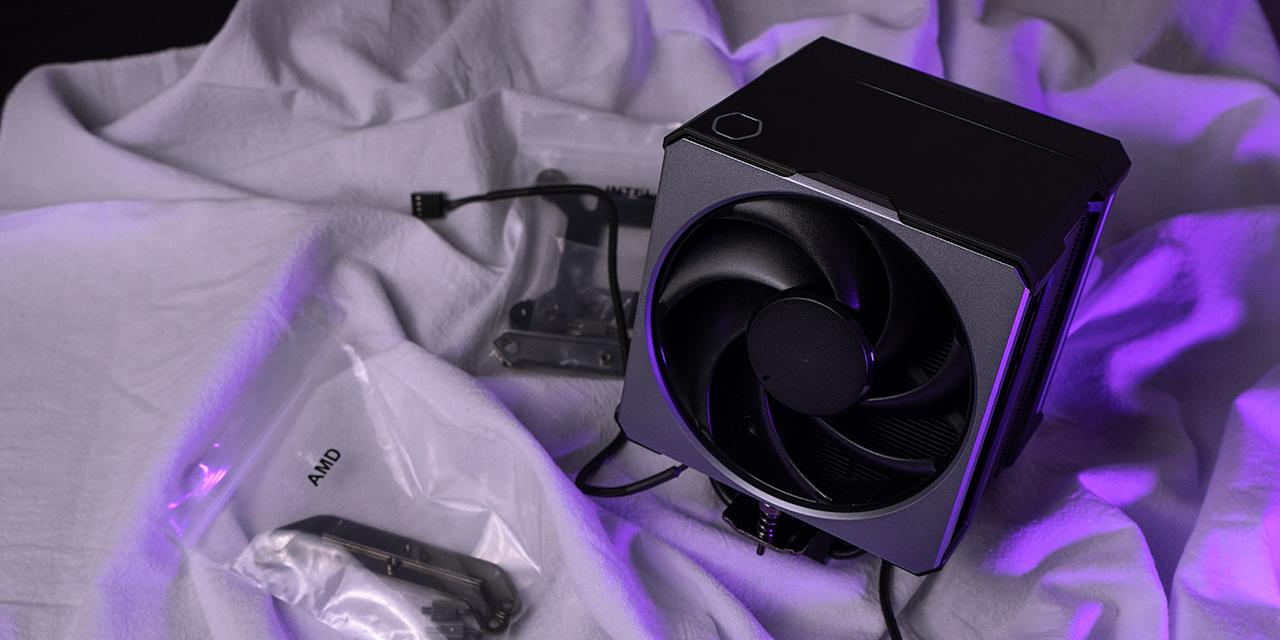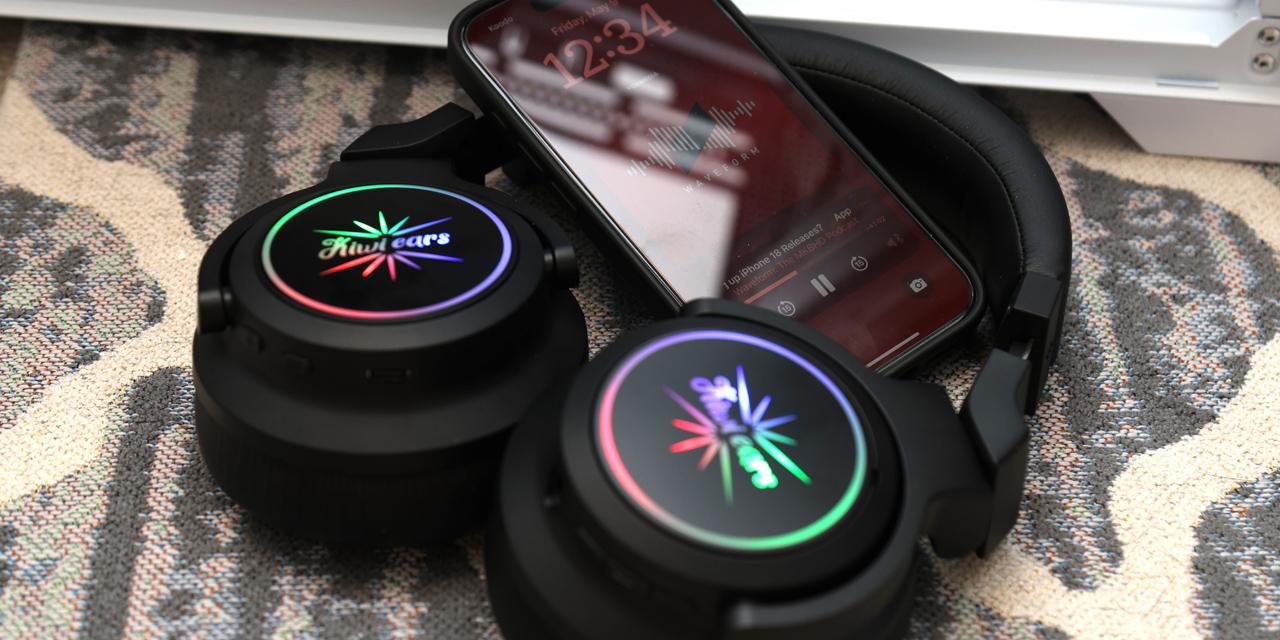Page 2 - Physical Look - Hardware

Like all true wireless earphones, TOZO provides a carrying case that doubles as a charger for the earbuds. The charging case is made from plastic and has a black finish with TOZO’s logo on the top. This finish is a fingerprint magnet, so you may need to wipe it down often and these marks are quite difficult to remove. The design is nice and minimalist, having a small accent light that illuminates when the case is opened and closed. It measures in at 34.2mm in height, 69.9mm in width, 8.2mm in depth, and weighs 54.6g with the earphones inside. The case design is very similar to a hotdog in terms of how it opens. The hinge on the case was very loose, making it feel flimsy. I would have appreciated a little more rigidity, but in terms of build quality, it will suffice. Its shape and size means you can conveniently carry it in your bag or even your pockets. As previously mentioned, there is an accent light on the front. This light will change from white to orange when the case is below 20%. When charging, the white light will breathe on and off. While this light may not indicate much, this is not an issue as I will talk about the digital LED display shortly.
Each bud of the TOZO Golden X1 has a 55mAh built-in battery rated for up to 5 and 8 hours of battery life for ANC on and off, respectively, at 50% volume. We will verify these claims on the next page. They weigh 5.8g each and measure in very roughly at 25mm by 23mm by 22mm, making them average in size. They take approximately 1 hour to charge to full using the charging case. The charging case supports about three recharge cycles, or an additional 15 and 24 hours of music with ANC on and off, respectively. The charging case also takes about 1.5 hours to charge via its USB Type-C port. As USB Type-C is the standard, I am happy to see it here. Additionally, the charging case also supports Qi wireless charging, which is a great addition.

The TOZO Golden X1 earbuds are revealed once you flip open the front of the charging case. The pairing process can be accomplished by opening the case and searching for the earbuds in your device's Bluetooth connection list. The earbuds have a clean and professional appearance with gold accents. As someone who appreciates minimalism, I appreciate the understated look as I know they will not call attention to itself in day-to-day use. The gold accents accentuate the name and add an extra level of refinement. The Golden X1 is decently small and light, making it one of the most comfortable earbuds I have ever used. I think anyone can find a nice snug fit with the addition of extra tips. When I am moving, they do not lose their seal easily. They have only ever fallen out when physically manipulated through my extensive testing.
The TOZO Golden X1 connects to your audio source device via Bluetooth 5.3. Codecs supported over Bluetooth 5.3 include LDAC, AAC, and SBC. LDAC is a codec developed by Sony, which allows streaming audio over Bluetooth up to 990 kbps at 24 bits/96 kHz. However, LDAC has also been a part of Android for quite some time now. The Golden X1 also supports AAC, which communicates at about 250kbps from the source. SBC, or Subband Coding, is the default Bluetooth audio codec with reasonably good audio quality and low processing power requirements. Out of these three codecs, LDAC offers the best audio quality. Support for aptX would have been appreciated, but the inclusion of LDAC makes this a bit of a moot point.
Each side of the TOZO Golden X1 will automatically turn on once you open the case. Since there are no wires, the Golden X1 uses a duo set of pogo pins and pads on each side to keep those electrons flowing when it is inside the charging case. Going back to the inside of the charging case, you will see a LED display that indicates the battery levels of each earbud and the case itself. It is nice to have if you like this degree of precision, and I do like how it separates it into each component.

The design of these earbuds is symmetrical and the capacitive tap controls on both sides each have unique operations. The tap controls work decently, but due to the versatility, some commands do not work as well as others. The only times I had accidental activation was when I was adjusting the earbuds in my ear and accidentally turned my audio up or down depending on which side I was adjusting. Tapping the left earbud toggles between transparent mode and active noise cancellation. Triple tapping the left earbud will turn off noise cancellation completely, and I found that the passive noise cancellation was quite good. Double tapping the left earbud will go to the previous song, while the right will go to the next song. A single tap on the right will play or pause your music. For calling, you can tap either earbud to answer and hold either one to hang up. To lower the volume, you can hold the left earbud and as you may expect. Holding the right one will raise the volume. Due to the volume adjustment functions, the touch controls to turn on and off the earbuds do not work. To turn off you are supposed to hold both earbuds for 5 seconds, and to turn on you are to hold for 3 seconds. In practice, the volume will just keep going up and down. This is a little disappointing as the earbuds also do not automatically turn off when not in your ears like other true wireless earbuds. The final touch command to activate a voice assistant is to simply triple tap the right earbud. I personally find this to be too many commands. Having three or four commands is adequate, but the TOZO Golden X1 goes overboard.
Both earbuds also feature four microphones each. There are two on the sides for detecting environmental noise, one on the inside to detect feedback, and one at the bottom for capturing your voice. TOZO claims to use all eight of these microphones for ENC call noise reduction. We will test the performance of the microphone for call quality on the next page.
Taking off the sleeves gets users closer to the 12mm dynamic driver. The output power and impedance are not given. Its frequency response range is 12Hz to 44.1kHz, which is more than the typical human hearing range on both ends. TOZO uses a Knowles balanced armature driver to deliver a Hi-Fi listening experience, which I will discuss in my testing results on the next page. The drivers aim directly into your ear for a direct and transparent sound reproduction characteristic like many modern in-ear monitors. At the same time, it makes the earphones easy to clean in the long run too. The circular-shaped acoustic tubes via the sleeves assist the aim into the user’s ear canals. The TOZO Golden X1 are active noise canceling earbuds. These earbuds can cancel up to 42dB of ambient noise in the environment. There are six different sound cancellation levels that can be selected in-app. Since these earphones are designed for a closed configuration, the Golden X1 is made for both active and passive noise canceling.
Surprisingly, there are no infrared sensors on either earbud. Having these sensors would allow them to detect whether the earphones are in your ears or not and will pause your music automatically when you take them out. This feature would help with conserving some battery life. The TOZO Golden X1 is also IPX6 certified for water resistance, meaning it is protected against low pressure water stream from any angle.
With all this in mind, how will they perform? As always, we have the next page will be dedicated to presenting our results.
Page Index
1. Introduction, Packaging, Specifications
2. Physical Look - Hardware
3. Subjective Audio Analysis
4. Conclusion





